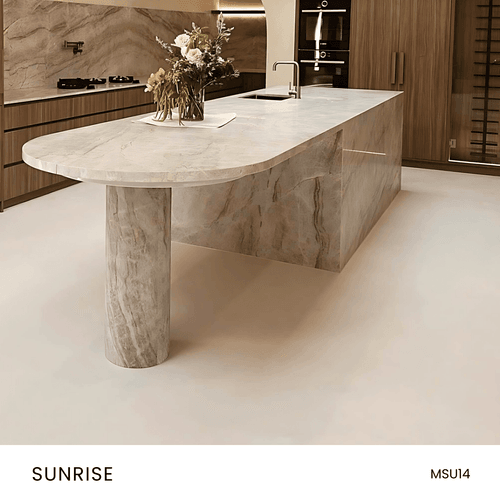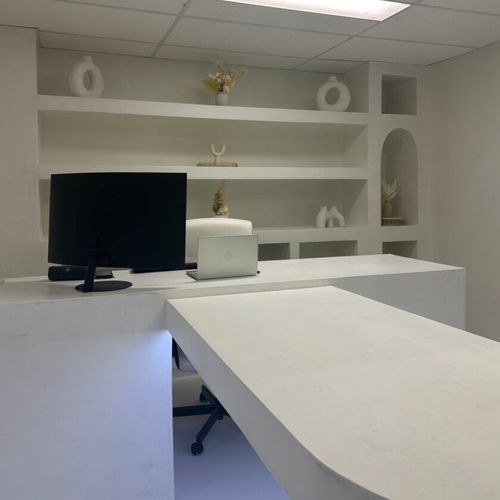Concrete and Cements
- Cement and concrete are two essential elements used in construction. When it comes to advanced building projects like outdoor construction, heavy materials are used. This includes using different types of concrete and cement. Whether it's to lay down bricks or fill in a driveway, this is the go-to substance. Luckily for construction professionals, trusted suppliers at ArchiPro offer a wide range of concrete and cement including ready mix concrete from quality brands.Why ArchiPro?
No more endless searching -
Everything you need, all in one place.Real projects, real experts -
Work with vetted architects, designers, and suppliers.Designed for Australia -
Projects, products, and professionals that meet local standards.From inspiration to reality -
Find your style and connect with the experts behind it.Start your Project
Start you project with a free account to unlock features designed to help you simplify your building project.
Learn MoreBecome a Pro
Showcase your business on ArchiPro and join industry leading brands showcasing their products and expertise.
Learn More









